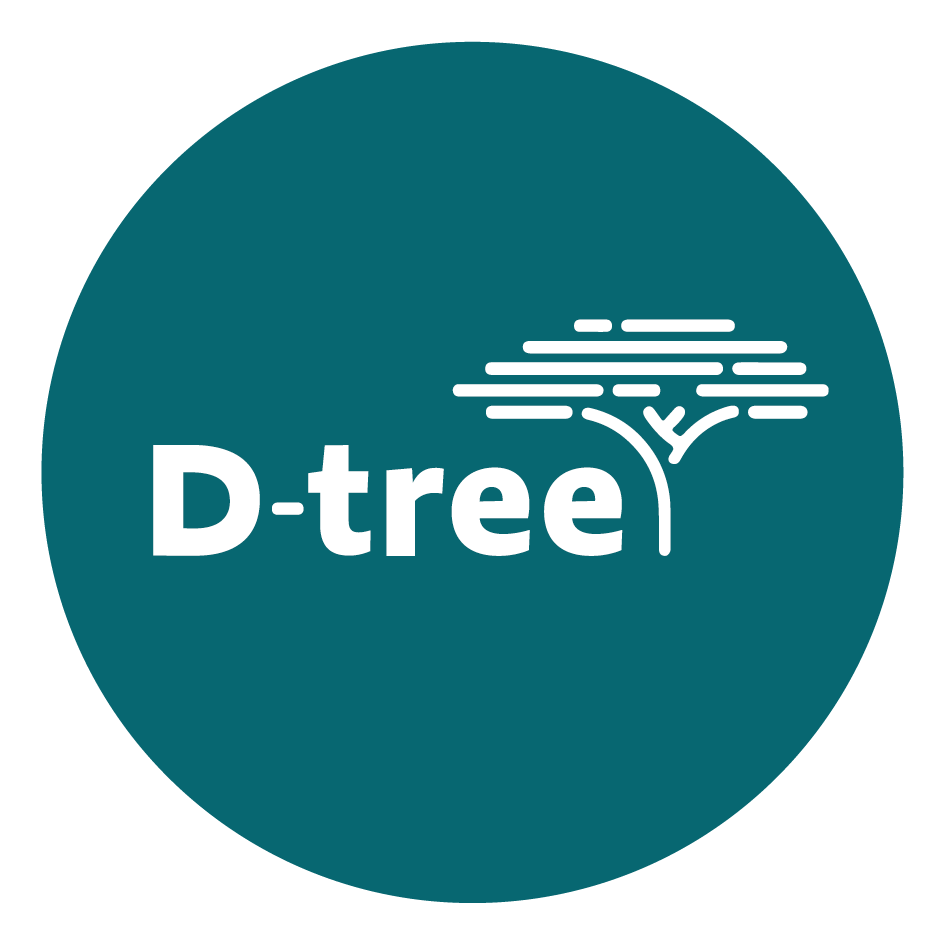The most impactful innovations are those that respond to the highest needs in a country, are affordable and can be integrated into the health system. Digital payments for community health workers is one example of this and the recent rapid uptake of digital payments in health programs has outpaced virtually any other global health innovation in recent history.
Evidence confirms that community health workers improve health outcomes — with considerable equity and economic dividends. Governments can generate a 10:1 return on investment with community health workers. And professional CHWs – those that are salaried, skilled, supervised, and supplied – could save two million lives annually. There is broad agreement that community health workers deserve fair compensation for their work. And with women making up 70% of the workforce, this is a dual-sided human rights issue.
But the question remains: how can this be done efficiently and effectively?
Paying community health workers in cash presents significant challenges, especially as programs scale. The logistics involved in calculating, safely transporting and accurately distributing cash become increasingly complex, leading to issues like delayed or incomplete payments, high administrative costs and security risks for both payers and recipients.
Earlier this year, D-tree and Medic received a Million Lives Collective and Bayer Cares Foundation grant to identify strategies to increase over 100,000 women’s income by 30 %. Our approach to this has been to leverage community health systems with strong, usable and transparent payment systems for community health workers, most of whom are women. We tested, refined, and evaluated a new system in Zanzibar, and published a report showcasing our efforts to improve digital payments for these workers.
Here are our three key takeaways from the report:
1. Payments Must Work for Everyone
To scale effectively, payment systems for community health workers need to be reliable and inclusive. However, many barriers still exist:
- Community health workers often face gaps in mobile phone ownership, reliable networks and access to mobile money agents.
- Some community health workers distrust mobile payment systems, while others lack national IDs, a common requirement for SIM card registration.
- Transaction fees from banks or mobile money services can significantly reduce the take-home pay of community health workers, further complicating the system.
Resolving payment discrepancies is also time-consuming and stressful for community health workers and inadequate or delayed payments can demotivate them, negatively affecting their performance and ultimately affecting people’s health.
2. Supporting Community Health Workers Means Supporting Their Well-being
Community health workers often juggle their health work with other income-generating activities. Uncertainty around payment amounts and timing makes it difficult for them to plan their schedules and manage their income, adding to their stress.
During our testing, community health workers reported that digital payments gave them a greater sense of control, reduced stress and even improved their overall well-being. They appreciated the transparency of seeing how their stipends were calculated each month, which allowed them to plan more effectively.
3. Engaging Community Health Workers in Payment System Design Is Crucial
Unfortunately, many digital payment systems are designed without input from community health workers, leaving their needs unmet. Involving them in the design process should be the rule, not the exception.
In our research, community health workers identified several challenges, such as poor network connectivity, depleted mobile data and unclear payment schedules. These issues often led to payment discrepancies, which took time to resolve and sometimes required out-of-pocket expenses from community health workers to follow up.
By engaging with community health workers in the design and rollout of payment systems, we can ensure that these tools truly meet their needs, reduce frustration, and improve performance.
This report is part of an initiative to foster collaborations that have the potential to increase incomes for over 100,000 women in Sub-Saharan Africa by 30 %. These findings have the potential to move us one step closer to this reality.
By addressing these challenges and continuing to refine payment systems, we can empower community health workers to focus on what they do best — delivering essential health services in their communities. Read the full report here and get in touch if you want to learn more: zanzibar@d-tree.org.

